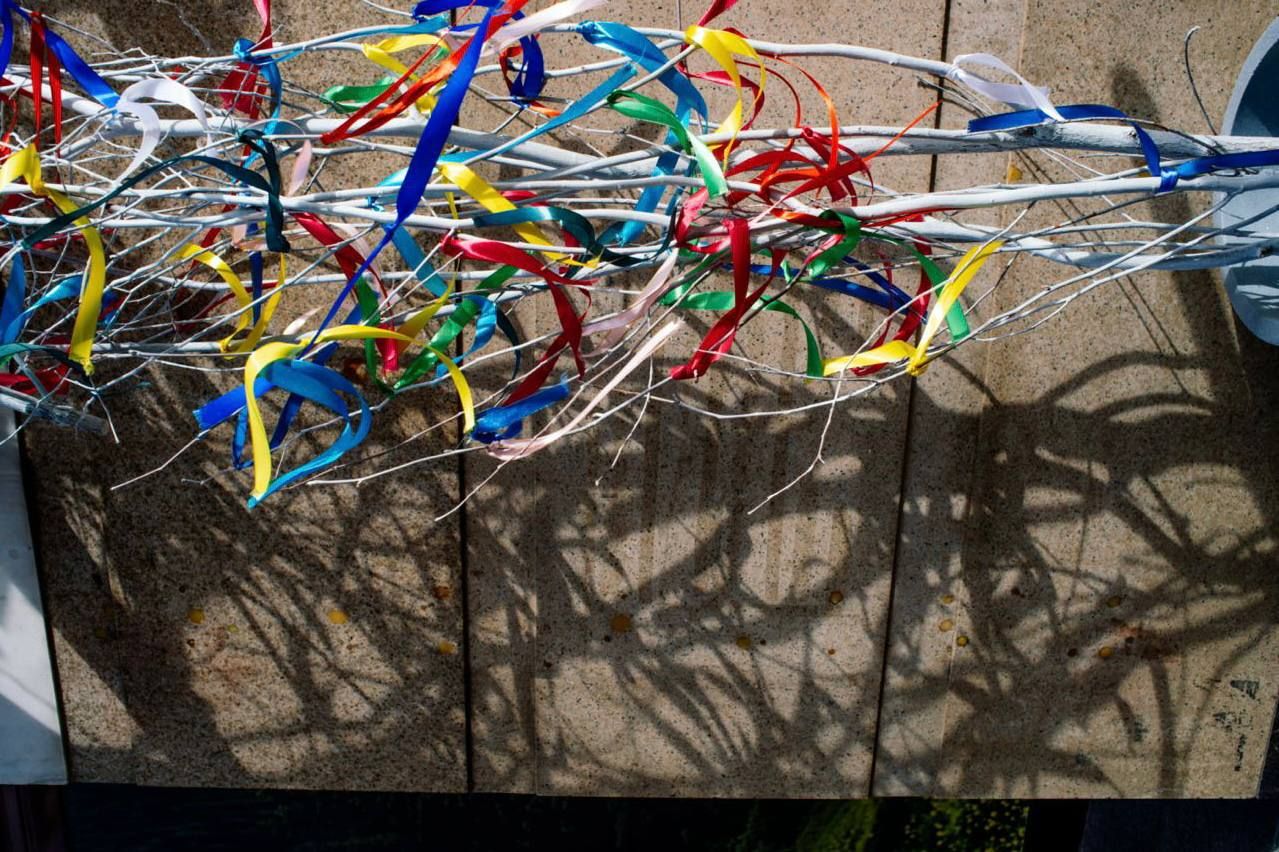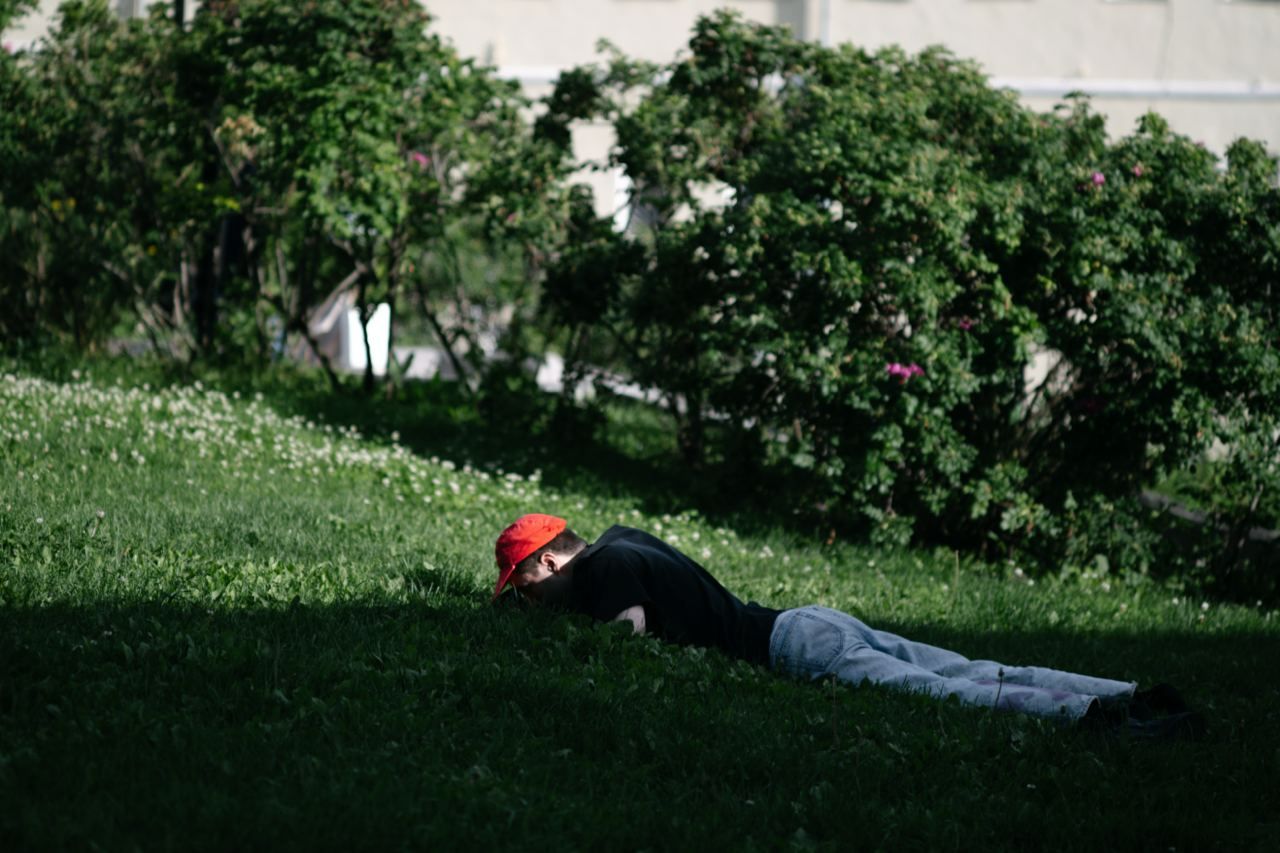Groin and Perineal Pain: Causes, Symptoms, and Treatment
-
Published:15 August 2022
-
Updated:10 October 2024

A common cause of perineum pain is pelvic floor myofascial syndrome.
Pelvic Floor Muscles and Their Role in Men's Health
The pelvic floor is made up of the muscles and fascia of the perineum. They support the urinary bladder and rectum of men. The contraction and relaxation of the pelvic floor muscles play important role in the process of urination, defecation, and sexual function. Due to the contraction of the muscles during the arousal phase, blood flow in the pelvis slows down, which contributes to blood circulation in the penis. During the last phase of intercourse, the perineal muscles contract rhythmically, resulting in an orgasm.
Pelvic Floor Muscle Dysfunction
Pelvic floor muscle dysfunction occurs due to various causes, some of which start with pelvic inflammation (cystitis, urethritis, prostatitis) or first appear because of serious psycho-emotional stress.

Pelvic Floor Hyperactivity
Pelvic floor overactivity signifies the inability to completely relax the muscles due to soreness and tension caused by a long-term disruption of the blood supply. Pelvic floor muscle overactivity is usually followed by the formation of myofascial trigger spots, which can be felt in the muscles as painful dense nodules. Chronic pelvic pain syndrome often has trigger points not only in the pelvic floor muscles, but also in the abdominal wall muscles, gluteal muscles, and others. The symptoms are highly varied, where a single man can have multiple various symptoms as well as one, or two isolated symptoms.
Pain in the Perineum and/or Genitals
Men may experience pain in the urethra, penis, testicles, scrotum, the area between the scrotum and anus, anus or nearby, buttocks, sacrum, and coccyx. The pain might be on one or both sides; it might increase with certain movements or positions, under stress, during intercourse, or after it. It can be associated with urination or defecation. Warmth, physical activity, and sometimes, alcohol in moderation, might bring some relief.
Discomfort in the Lower Abdomen
Is a frequent symptom that commands diagnostic procedures of internal organs in the abdominal area.
Pain During Ejaculation
Ejaculation pain when inflammation of the genitals is excluded is associated with the pelvic myofascial syndrome. This condition can last from several minutes to several days or even weeks after intercourse.
Pain After Orgasm
Some men have noticed that more intense orgasms can cause more pain following intercourse, due to the perineal muscles, involved in the orgasm.
Emotional Stress and Depression
They both represent a cause and the consequence of chronic pain and/or tension in the perineum, ending a vicious cycle of “stress – spasm – pain – stress”. This situation is exacerbated by long-term and ineffective treatment; inconclusive visits to various doctors; inability to openly share your issues due to the intimacy of the problem, and absence of psychological and emotional care and support.
If you notice any of the symptoms described above, we highly recommend you a visit to a specialist (neurologist, urologist).
Sources:
Chronic Primary Pelvic Pain Syndrome in Men (https://www.ncbi.nlm.nih.gov/pmc/articles/PMC10511008/), Dtsch Arztebl Int. 2023 Jul; 120(29-30): 508–518. Accessed 19 Sep. 2024.
Male chronic pelvic pain: An update (https://www.ncbi.nlm.nih.gov/pmc/articles/PMC4756547/), Indian J Urol. 2016 Jan-Mar; 32(1): 34–39. Accessed 19 Sep. 2024.
Painful myofascial trigger points and pain sites in men with chronic prostatitis/chronic pelvic pain syndrome (https://pubmed.ncbi.nlm.nih.gov/19837420/), J Urol. 2009 Dec;182(6):2753-8. doi: 10.1016/j.juro.2009.08.033. Epub 2009 Oct 17. Accessed 19 Sep. 2024.
How to effectively manage chronic pelvic pain syndrome in cis-gender men presenting to sexual health services using a holistic biopsychosocial approach (https://sti.bmj.com/content/100/2/116). Accessed 19 Sep. 2024.
Painful Ejaculation - An Ignored Symptom (https://www.ncbi.nlm.nih.gov/pmc/articles/PMC7707127/), Cureus. 2020 Oct; 12(10): e11253. Accessed 19 Sep. 2024.
Chronic Prostatitis and Chronic Pelvic Pain Syndrome in Men (https://www.ncbi.nlm.nih.gov/books/NBK599550/), January 11, 2024. Accessed 19 Sep. 2024.













.svg)
.svg)

